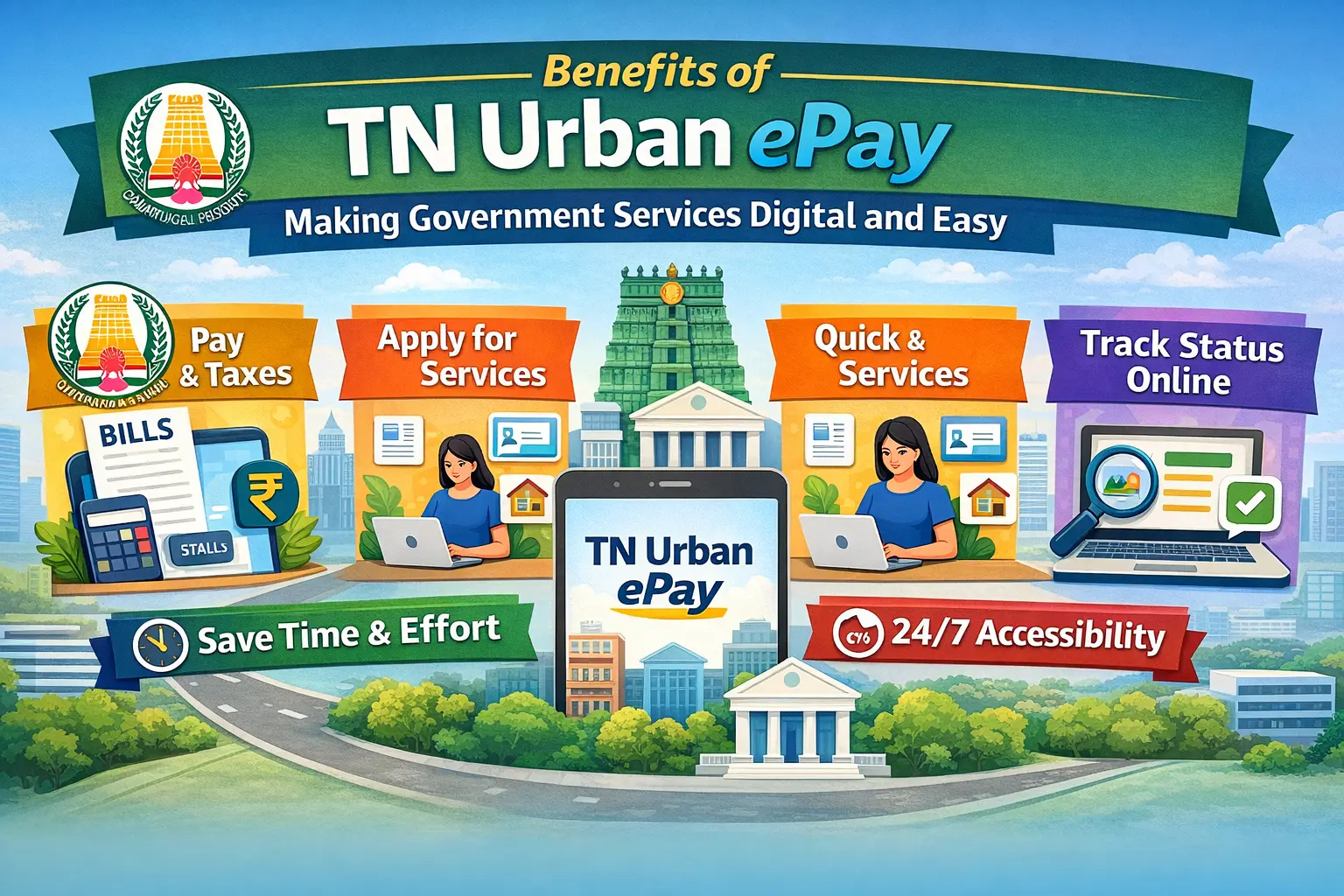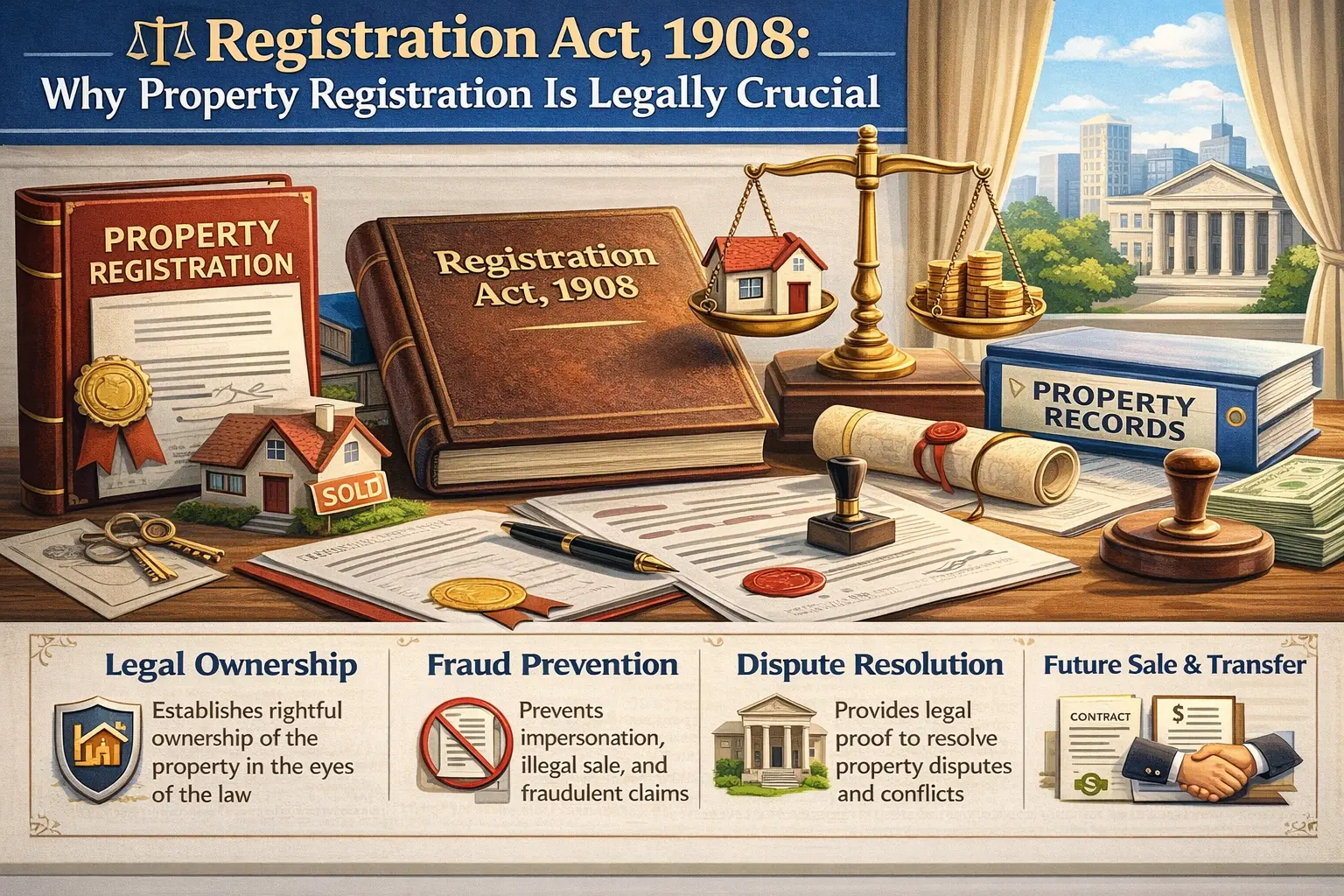In 2025, with rising real estate values and limited urban land availability, Joint Venture (JV) partnerships between landowners and real estate developers are becoming one of the most profitable and low-risk development models. A Joint Venture allows landowners to unlock the full potential of their land without selling it outright. Here are the top benefits that landowners can enjoy by entering into a JV partnership in 2025:
1. No Need to Sell the Land – Retain Ownership
Landowners don't have to sell their land to make money. In a JV, they partner with a developer who brings in the investment and expertise to develop the land. The landowner continues to retain legal ownership and receives a share of the developed property or project revenue.
2. High Returns Compared to Outright Sale
Outright land sales may bring a one-time lump sum. But in a JV, landowners get a share in the profits or a percentage of the built-up area (flats, shops, etc.). This model often gives 30% to 50% more returns than an outright sale, especially in booming markets like Chennai, Bengaluru, and Hyderabad.
3. Zero Development Risk
Landowners are not required to handle:
-
Approvals
-
Marketing or sales
All risks related to the development process are handled by the builder/developer. This "build without burden" approach gives peace of mind.
4. Regular Income Options
In 2025, JV agreements can be structured to include:
-
Advance cash payouts
-
Monthly rental income from commercial units
-
Revenue share from property sales
This offers long-term and stable financial security, especially beneficial for retirees or families not involved in active business.
5. Professional Development with Better Land Use
Developers bring their expertise in planning, architecture, approvals, and execution. This results in:
-
Optimal land usage (FSI, floor plan efficiency)
-
Better amenities
-
Higher market value of the end product
Thus, the land value is maximized far beyond what a single-owner project could achieve.
6. Tax Efficiency and Financial Planning
When structured properly, JV models can reduce capital gains tax burdens for the landowner. Also, developers handle GST, RERA compliance, and other financial formalities, making the process smoother and legally sound.
7. Flexibility in Agreement Terms
The landowner has the power to:
-
Choose the builder
-
Negotiate revenue/built-up area share
-
Set timelines
-
Include resale/rental rights
This level of control and customization ensures that the JV works in their best interests.
8. Rising Land Value in Urban and Suburban Areas
With metro expansions and infrastructure growth in 2025, suburban land parcels are in high demand. JV allows landowners in these areas to:
-
Develop now, not wait for future appreciation
-
Capitalize on current market momentum
9. Multiple Asset Ownership
In a typical JV, landowners may receive:
-
1 or more flats
-
Commercial units
-
Parking slots
These assets can be rented, sold, or passed on to future generations, increasing long-term family wealth.
10. Legal Protection Under RERA and Contract Law
Thanks to RERA, JV agreements are more secure than ever. With proper legal documentation:
-
Landowner rights are protected
-
Delivery timelines are enforced
-
Disputes can be resolved legally
This transparency boosts confidence and trust in the JV model.
In 2025, a Joint Venture partnership is a smart, secure, and scalable option for landowners looking to grow their wealth without giving up ownership or taking construction risks. With the right builder and a solid agreement, landowners can unlock the true potential of their property—making it one of the best real estate strategies in today's market.
https://www.livehomes.in/blogs













